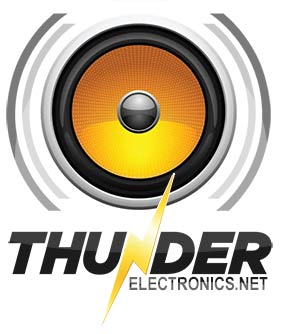
It is 2022, and nowadays, we can choose from a wide range of electric cars and even self-driving cars. Nevertheless, the sound system of many vehicles today is still is not great. Sure, many late-model vehicles have component speakers and information head units, but as a whole, with no exceptions, the sound quality is elementary to mediocre. And what about cars with premium stereo systems like Bang & Olufsen, Harman Kardon, and Bose, well to that, I say, have you listened to them? And because I know somebody is going to say, how about the 2022 Acura MDX, which features a 25-speaker “Signature Edition” ELS Studio 3D premium audio system with more than 1,000 watts of power! To that, I once again say, have you listened to it? Please know that the 2022 Acura MDX splits its 1000 watts of power into 22 discrete channels or about 45 watts per channel. Six of those channels are used for mini speakers embedded in the headliner. Although I have not measured it, it is safe to say that the Acura MDX audio system would struggle to reach 100 dbs. The system also uses heavy DSP processing with multiple simulation modes, which goes against every grain of an audiophile car stereo system.
Then there is the matter of cost! For a fraction of the cost of what many premium sound systems are demanding, you can upgrade your basic factory stereo system using aftermarket equipment and have money left.
How to Improve your Car Audio System?
The Head Unit: The first thing we need to look at is features. Does your basic OEM head unit has all the features you are seeking? If your factory radion does not have Apple Car Play, Android Auto, Rearview camera, or Bluetooth for hands-free calling, you need to consider upgrading or changing the OEM unit. Another feature that is starting to catch traction once again is satellite radio, although if you have Apple Car Play or Android Auto in some cases, you can get around this by using an APP. And no, changing your factory radio does not void your warranty, as long as it is installed correctly.
The Speakers: If your vehicle’s head unit meets your requirement from a feature standpoint, the next logical step is to upgrade your factory speakers. You need to be honest with yourself and clear about your expectations and budget when doing this. You don’t want to buy aftermarket speakers that would have to be upgraded if you install an amp later. You also don’t want to blow your entire car stereo system budget on speakers like Morel or Focal and not have any money left for an amplifier and subwoofer.
The Amplifier: With all of your factory speakers upgraded, we need to talk about power, and by powered, I mean amplification power. Despite popular belief, you don’t need 1000 watt amplifiers to have an excellent sounding car audio system. We also need to keep the electrical supply capabilities of the vehicle in mind. The electrical system in means of battery and alternator of a basic Honda Civic, Toyota Tercel, and or Nissan Sentra is going to struggle to keep up with a car stereo system requiring more the 50 amps of current. Nevertheless, you have many options with today’s very affordable and efficient Class-D Amplifiers. But if you are on a budget, your best bet is to look for a 4-channel amplifier with at least 100 watts per channel of RMS power and bass level control! Why four-channel if, in theory, most car stereo systems have at least five? Studies have shown that 99.9% of drivers don’t use the fader feature in their car radios. So, if front to rear fader is not on your list of required features, consider buying a Class-D 4-channel amplifier with built-in crossover and bass control. An amp like this will allow you to run the front and rear speaker parallel on channels one and two and bridge channels three and four to a subwoofer. In this configuration, your amplifier will be running a 2-Ohm load, the desired load for a Class-D amp.
The Subwoofer: If the Class-D 4-channel amplifier running is in 3-channel mode sounds attractive to you, the impedance of your subwoofer has to keep in check! It is best to run no more than a 4-ohm load when an amp is bridged. That does not mean you have to give up bass or SPL! Two 12 Inch DVC subwoofers with 4-Ohm coils running in series/parallel will, without a dought, give nice tight bass without overheating your amplifier or stressing your car’s electrical system. However, budget permitting, consider a Class-D 5-channel amplifier with bass control. That will give you front-to-read fade control and independent subwoofer level control. Here are some recommendations.





